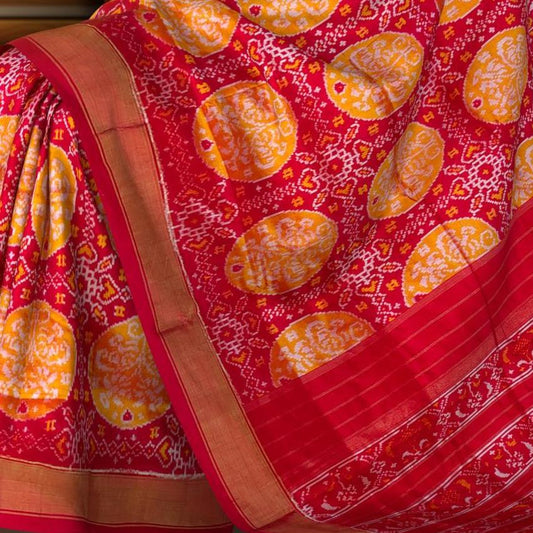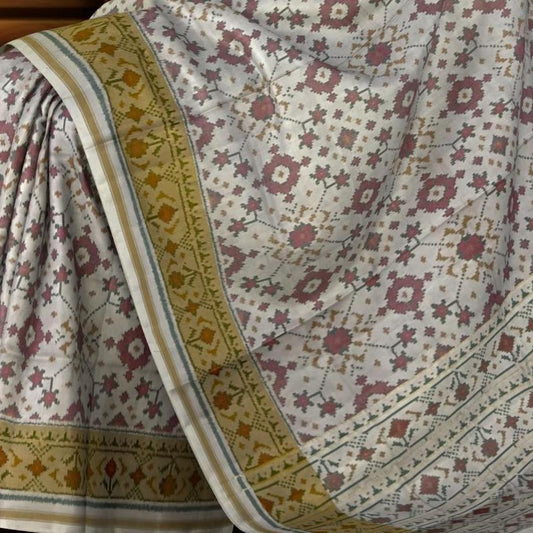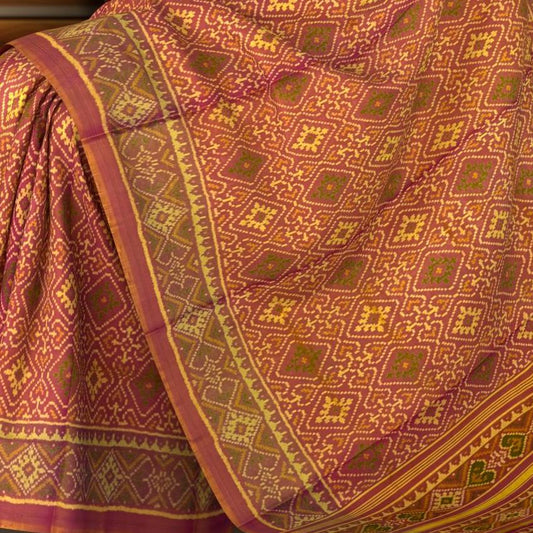Celebrating National Handloom Day: Weaving the Threads of Tradition and Modernity
National Handloom Day is a significant occasion celebrated in India on August 7th every year. This day marks the inception of the Swadeshi Movement, which began on the same date in 1905. The movement aimed to promote indigenous industries and foster national pride in Indian heritage, particularly the handloom sector. Today, National Handloom Day serves as a tribute to the countless artisans and weavers who have preserved the rich cultural legacy of India through their exceptional craftsmanship. This blog explores the historical significance, contemporary relevance, and the future prospects of the handloom industry in India.
The Historical Significance of National Handloom Day
The handloom industry in India has a history that dates back over 2,000 years. It has been a vital part of the country’s economy, culture, and heritage. The Swadeshi Movement of 1905, which aimed at boycotting British goods and reviving domestic products and production processes, played a crucial role in the resurgence of the handloom industry. Mahatma Gandhi’s advocacy for Khadi and the handloom sector was instrumental in making the handloom a symbol of self-reliance and national pride.
National Handloom Day was officially declared in 2015 to commemorate the 110th anniversary of the Swadeshi Movement. The day is celebrated to acknowledge the immense contribution of handloom weavers and to promote the handloom industry by generating awareness and increasing demand for handloom products.
The Art and Craft of Handloom Weaving
Handloom weaving is a traditional craft that involves manually operating a loom to weave fabric. This process requires immense skill, patience, and creativity. Each region in India has its own unique style of weaving, patterns, and designs, making the handloom products diverse and culturally rich.
-
Varieties of Handloom Weaves: From the intricate Banarasi silk sarees of Uttar Pradesh to the vibrant Pochampally Ikat of Telangana, and the elegant Kanjeevaram silks of Tamil Nadu, the diversity in handloom weaving is vast. Each weave tells a story of its origin, the community, and the weaver’s artistry.
-
The Weaving Process: The process of handloom weaving involves several steps starting from dyeing the yarn to the final weaving. The art lies in the meticulous planning of the patterns and the deft movement of the weaver’s hands, which results in exquisite designs.
-
Sustainability and Handloom: Handloom weaving is not only a cultural heritage but also an environmentally sustainable practice. It uses minimal electricity and promotes the use of natural fibers, making it an eco-friendly choice.
Contemporary Relevance of Handloom
In the modern era, the handloom industry faces several challenges, including competition from power looms, declining interest among younger generations, and the impact of global fast fashion. However, there is a renewed interest in handloom products due to their uniqueness, sustainability, and the growing trend of slow fashion.
-
Fashion Industry and Handloom: Designers and fashion houses are increasingly incorporating handloom fabrics into their collections. Handloom has become a symbol of luxury and exclusivity, with many celebrities and influencers endorsing handloom products, thereby increasing their popularity.
-
Government Initiatives: The Indian government has launched various schemes and initiatives to support the handloom sector. Programs like the National Handloom Development Programme (NHDP) and the Handloom Mark Scheme aim to improve the livelihoods of weavers and ensure the quality of handloom products.
-
Empowerment of Weavers: Organizations and NGOs are working towards the empowerment of weavers by providing them with better working conditions, fair wages, and opportunities for skill development. These efforts are crucial in ensuring the sustainability of the handloom industry.
Celebrating National Handloom Day
National Handloom Day is celebrated with various events, exhibitions, and workshops across the country. It is a day to honor the weavers, appreciate their craftsmanship, and promote handloom products.
-
Exhibitions and Fairs: Exhibitions and fairs showcasing handloom products are organized, where weavers get a platform to display and sell their creations. These events provide a direct link between the weavers and the consumers, eliminating the middlemen and ensuring better earnings for the artisans.
-
Workshops and Demonstrations: Workshops and live demonstrations of handloom weaving are held to educate people about the process and the effort that goes into creating a handloom product. These activities help in generating interest and appreciation for handloom among the younger generations.
-
Social Media Campaigns: With the advent of social media, various campaigns are run to promote handloom products. Hashtags like #ILoveHandloom and #VocalForLocal trend on National Handloom Day, encouraging people to support the handloom industry.
The Future of Handloom
The future of the handloom industry lies in balancing tradition with innovation. While it is essential to preserve the traditional weaving techniques, there is also a need to adapt to modern trends and demands.
-
Innovative Designs: Incorporating contemporary designs and styles into handloom fabrics can attract younger consumers. Collaborations between designers and weavers can result in innovative products that appeal to a broader audience.
-
E-commerce and Global Reach: E-commerce platforms provide an excellent opportunity for handloom products to reach a global market. Online stores and social media marketing can significantly boost the sales and visibility of handloom products.
-
Education and Training: Educating the younger generation about the value and potential of the handloom industry is crucial. Training programs and courses in textile design and handloom weaving can encourage more people to take up this craft.
Conclusion
National Handloom Day is not just a day of celebration but a reminder of the rich cultural heritage and the incredible talent of Indian weavers. It is an opportunity to recognize their contributions, support their livelihoods, and promote the sustainable and unique products of the handloom industry. As we celebrate this day, let us pledge to be more mindful consumers, appreciate the art of handloom weaving, and contribute to preserving this invaluable heritage for future generations.







Leave a comment
Please note, comments need to be approved before they are published.